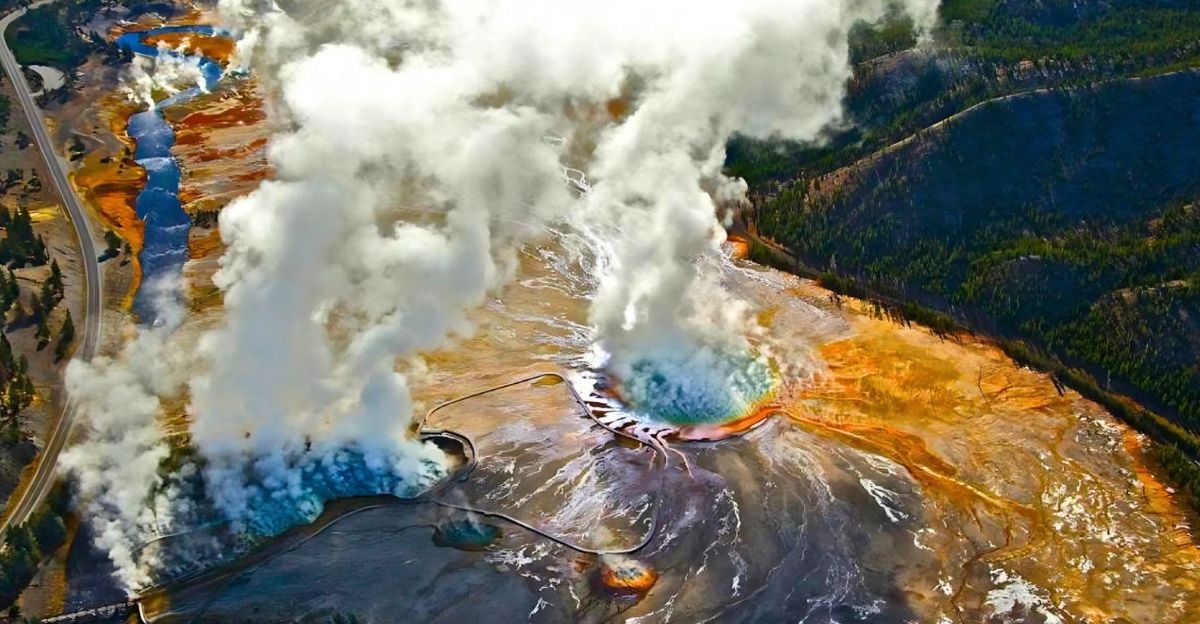
When it comes to Yellowstone National Park and the chance of an eruption, people have been waiting patiently for years to see “if she blows.” While an eruption would be tragic and cause much damage, researchers have warned that the big blow is on its way for many years without a rumble.
The recent discovery of a magma cap beneath Yellowstone National Park has changed our understanding of one of Earth’s most monitored volcanic systems and given us insight into why the chance of an eruption is lower than most people thought.
Yellowstone’s Volcanic Legacy
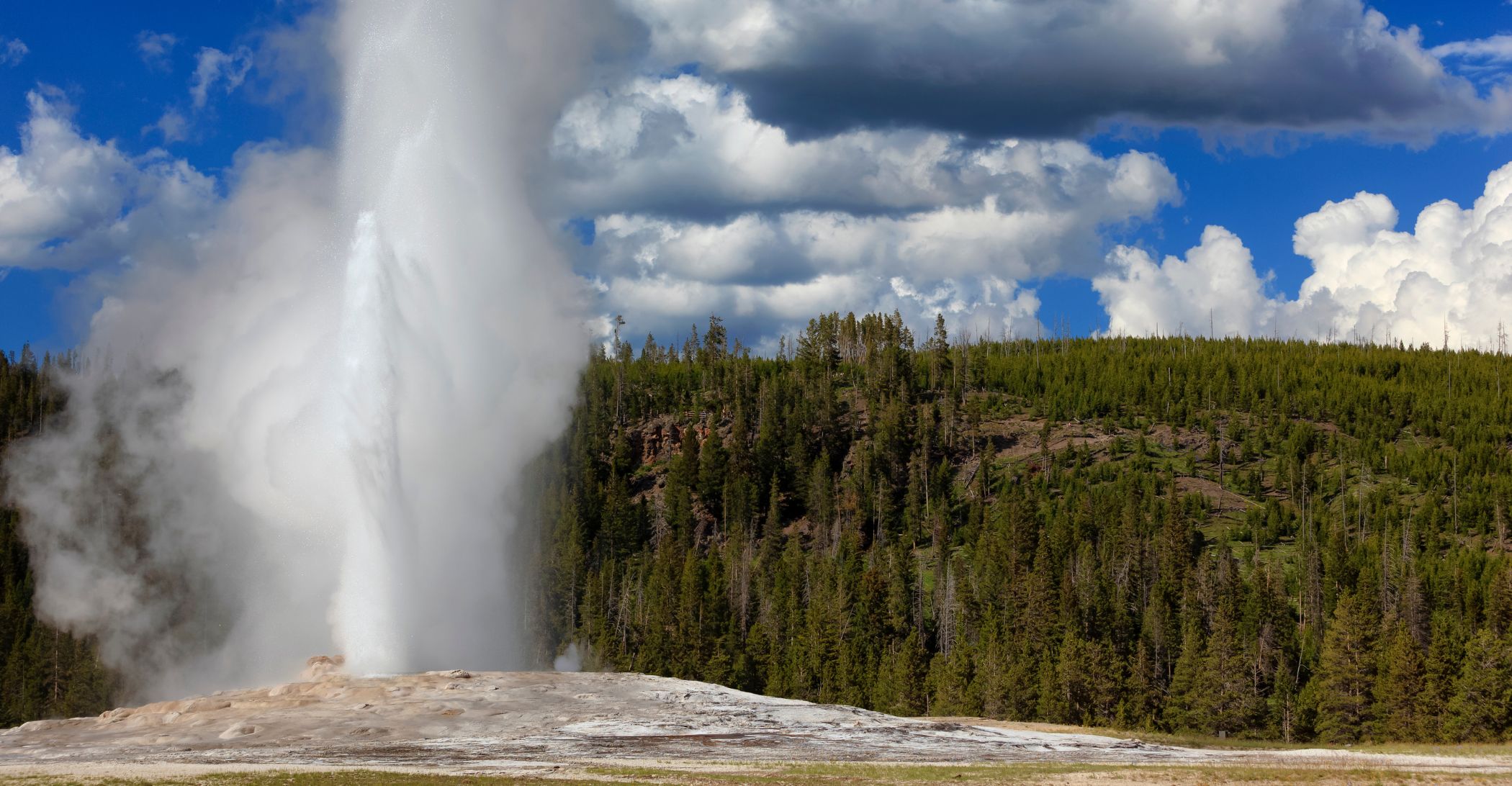
Over the past 2.1 million years, the Yellowstone region has experienced three major volcanic cycles, each culminating in massive caldera-forming eruptions that expelled massive amounts of ash and lava. The most recent cataclysmic events occurred approximately 631,000 years ago, creating the current Yellowstone Caldera, which spans about 30 by 45 miles.
Since then, the area has seen around 80 smaller eruptions, including lava flows and hydrothermal explosions. The youngest lava flow dates to about 70,000 years ago.
Discovery of the Magma Cap

Scientists have identified the upper boundary of Yellowstone’s magma reservoir, located about 2.4 miles beneath the surface for the first time. Using a 53,000-pound vibroseis truck to generate controlled vibrations, researchers could create detailed images of the subsurface and reveal a sharply defined, volatile-rich cap. This magma cap is like a natural “lid” that traps heat and pressure below, allowing gases to vent steadily through the overlying rock.
“For decades, we’ve known there’s magma beneath Yellowstone, but the exact depth and structure of its upper boundary has been a big question,” said Brandon Schmandt, professor at Rice University and co-author of the study.
Composition of the Cap
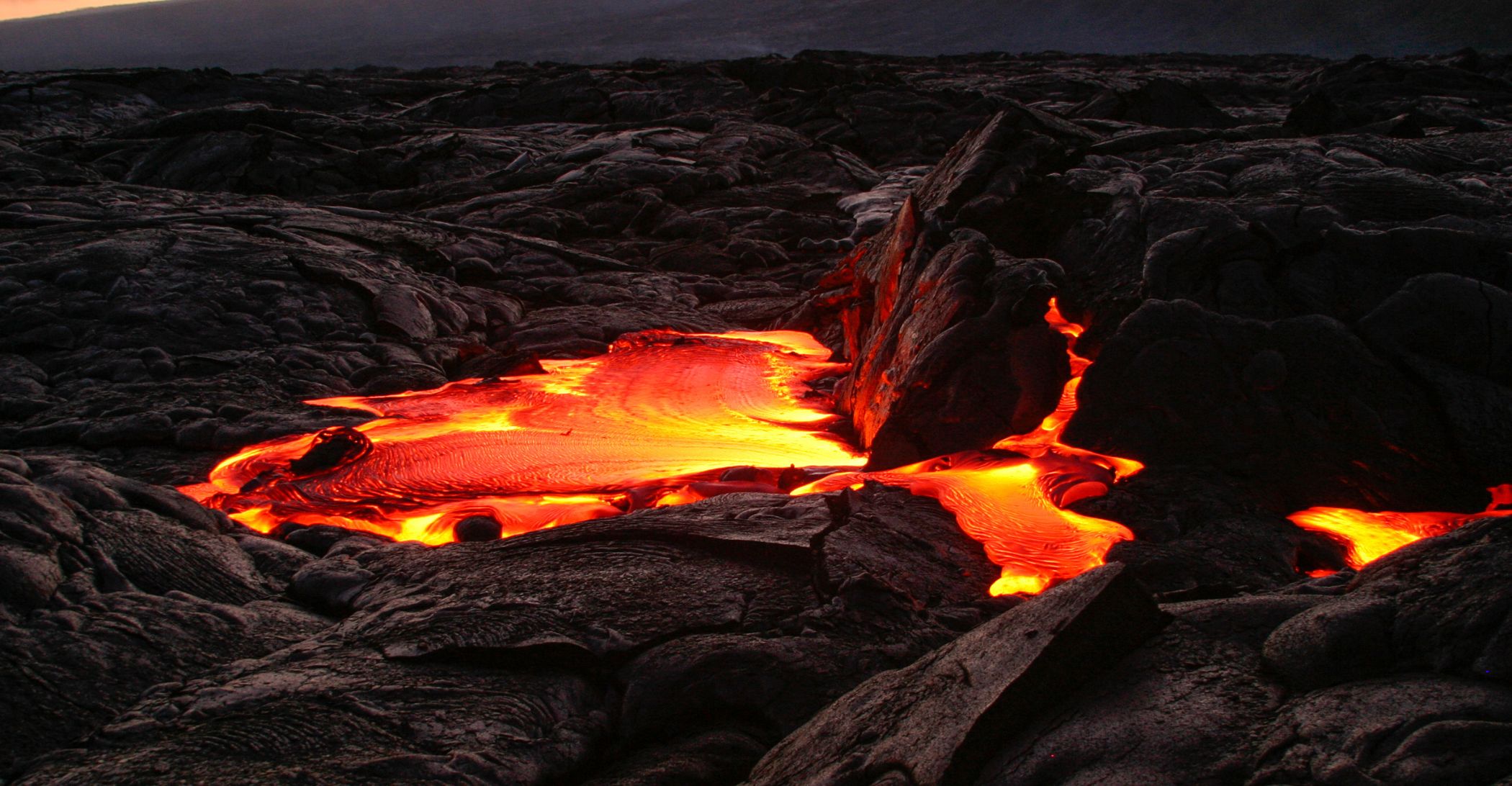
The cap is primarily made up of a mixture of molten silicate (magma) and supercritical water bubbles, all embedded within porous rock. The cap’s structure allows gases such as water vapor and carbon dioxide to separate from the magma as it rises and decompresses, forming bubbles that accumulate but are efficiently vented through interconnected pathways in the porous rock.
“When the magma rises from the deeper crust, volatile materials such as CO2 and H2O exsolve from the melt. Due to their buoyancy, they tend to accumulate at the top of the magma chamber,” he said. “But if there’s a channel, they can escape to the surface.”
Preventing an Eruption

The cap’s porosity (~14%) allows gases to vent through hydrothermal features like geysers. Fan-Chi Lin, a University of Utah researcher, stated, “If there’s a channel, gases can escape to the surface.” This steady venting process works like a pressure-release valve, enabling the system to “breathe” and dissipate internal pressures that could otherwise build up to dangerous levels and trigger an explosive eruption.
“Although we detected a volatile-rich layer, its bubble and melt contents are below the levels typically associated with imminent eruption,” Schmandt said. “Instead, it looks like the system is efficiently venting gas through cracks and channels between mineral crystals.”
Public Misconceptions Clarified

New eruption threats are constantly posted online, but they aren’t always as reliable as one might think. Robert B. Smith, a University of Utah professor, clarified, “The actual hazard is the same…the system is no closer to erupting.” The discovery of the magma cap, which can release pressure gradually through natural venting, demonstrates that the conditions required for a supereruption are not currently present.
Ongoing monitoring shows no signs of unusual activity or pressure buildup that would indicate an impending eruption.
Seismic Imaging Breakthroughs
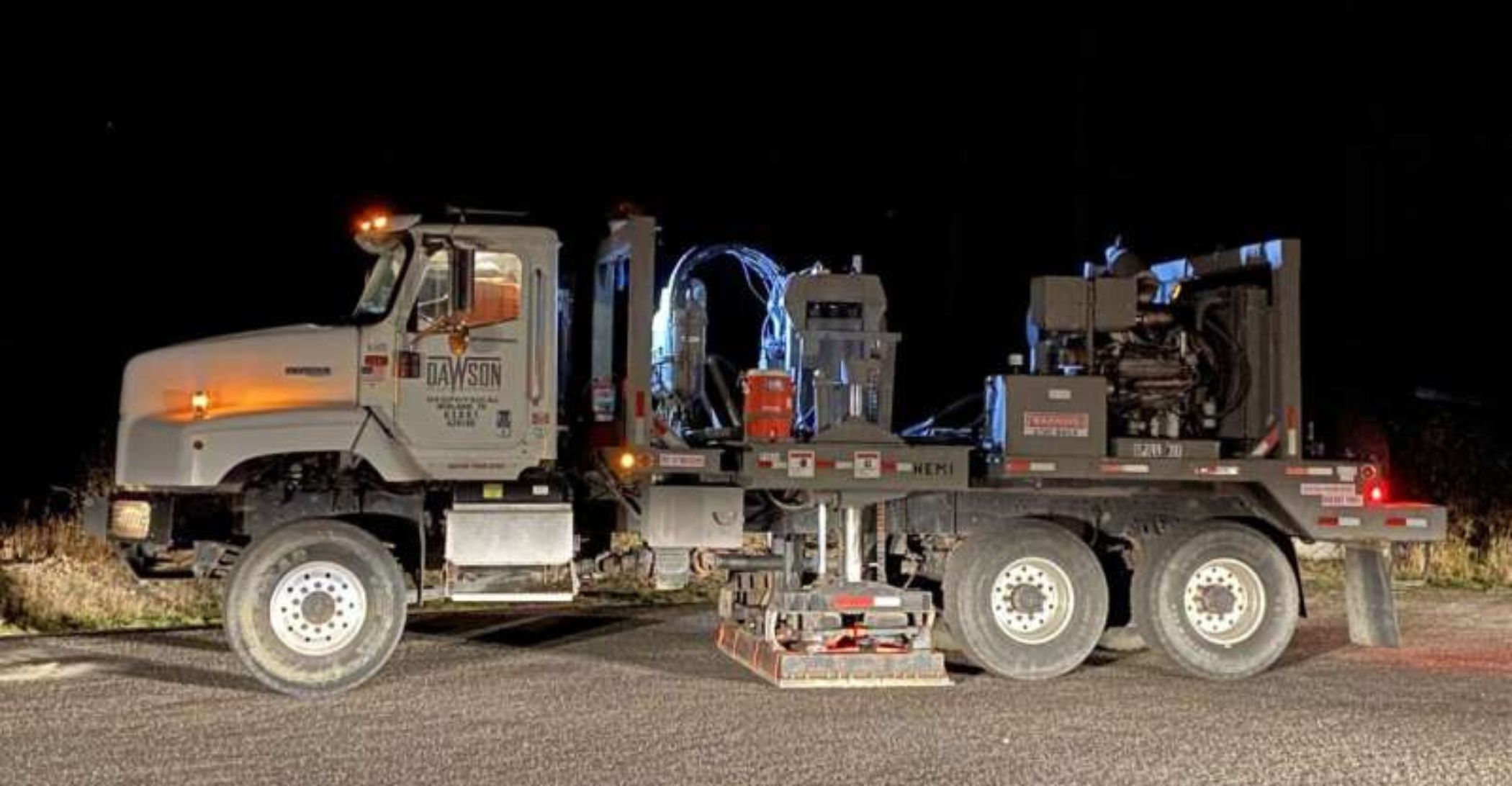
By deploying hundreds of portable seismometers across the park and generating artificial seismic waves with a massive vibroseis truck, researchers created controlled “earthquakes” that sent waves deep into the ground. These waves, recorded at over 600 locations, reflected off subsurface layers. They enabled the team to produce some of the clearest images of the magma chamber’s upper boundary, pinpointing it at about 2.3 miles below the surface.
“In a sense, we’re causing our earthquakes, and we record all that data on the seismometers,” said Jamie Farrell, chief seismologist for the Yellowstone Volcano Observatory. “And since we put so many out, we can get a higher resolution image of the subsurface.” This high-resolution imaging revealed that the chamber consists of 86% solid rock, with the remaining 14% made up of pore spaces filled roughly equally with molten rock and volatile fluids.
Current Stability Assessment

Despite the larger magma reservoir, eruption likelihood remains 0.00014% annually. The latest monitoring by the Yellowstone Volcano Observatory reports that seismic activity remains at background levels, with only minor earthquakes and no significant swarms detected in recent months. Michael Poland of the Yellowstone Volcano Observatory emphasized, “The whole system seems to be efficiently moving bubbles to the surface, so no pressure is building.”
For the time being, it’s safe to say that Yellowstone Volcano won’t be erupting any time soon.
Monitoring by Yellowstone Volcano Observatory
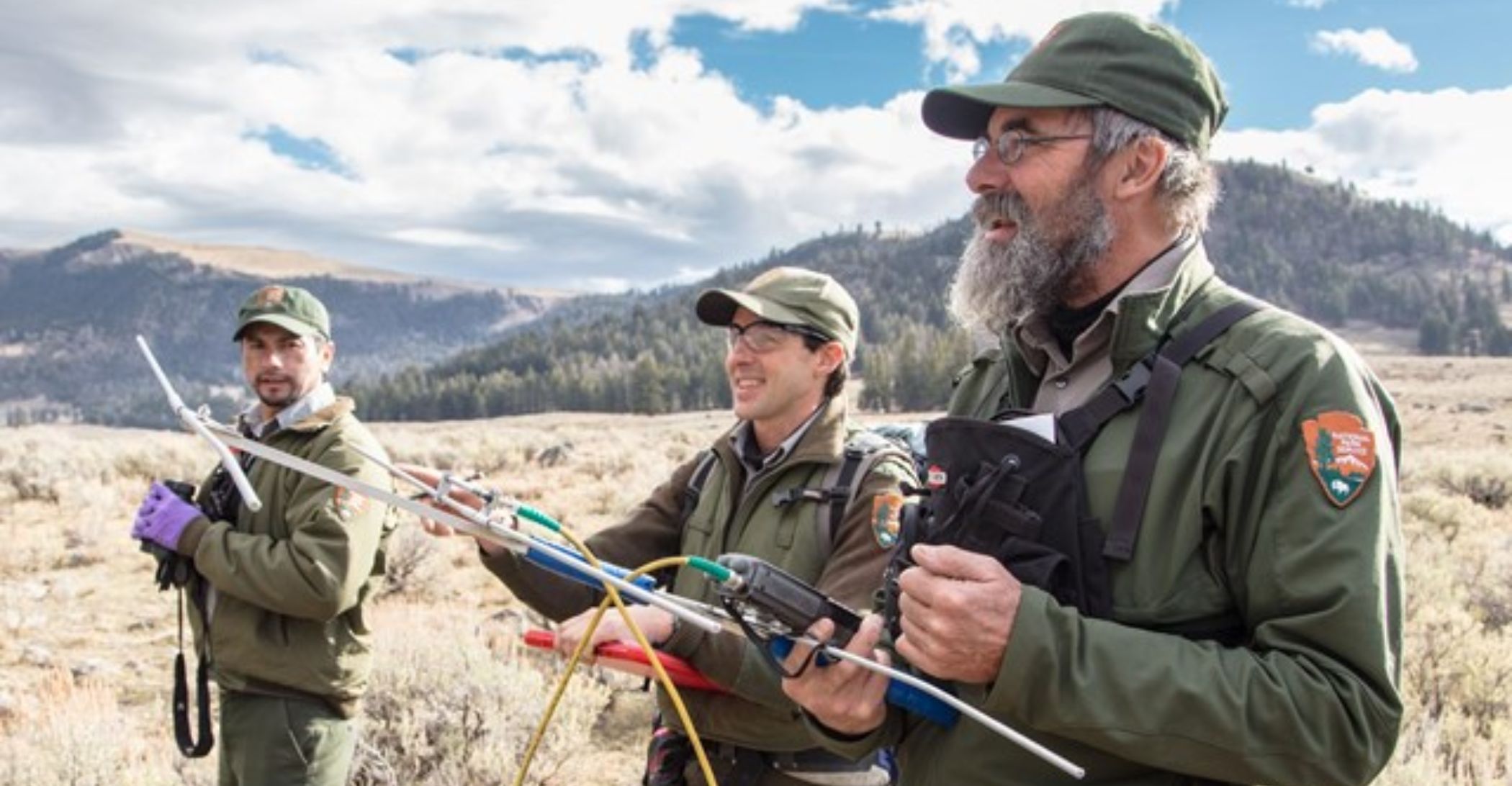
The Yellowstone Volcano Observatory (YVO) was established as a partnership among several federal, state, and academic institutions. It operates a sophisticated network of 26 seismic stations, 16 GPS receivers, and 11 stream gauging stations to track earthquakes, ground deformation, and changes in hydrothermal systems in real time.
“Yellowstone, in many ways, is a laboratory volcano, and what we learn at Yellowstone can be used to understand better volcanoes in other parts of the world that are much more active but are harder to study. Examples might be Campi Flegrei in Italy or Santorini in Greece, which is mostly submarine.”
Future Research Directions
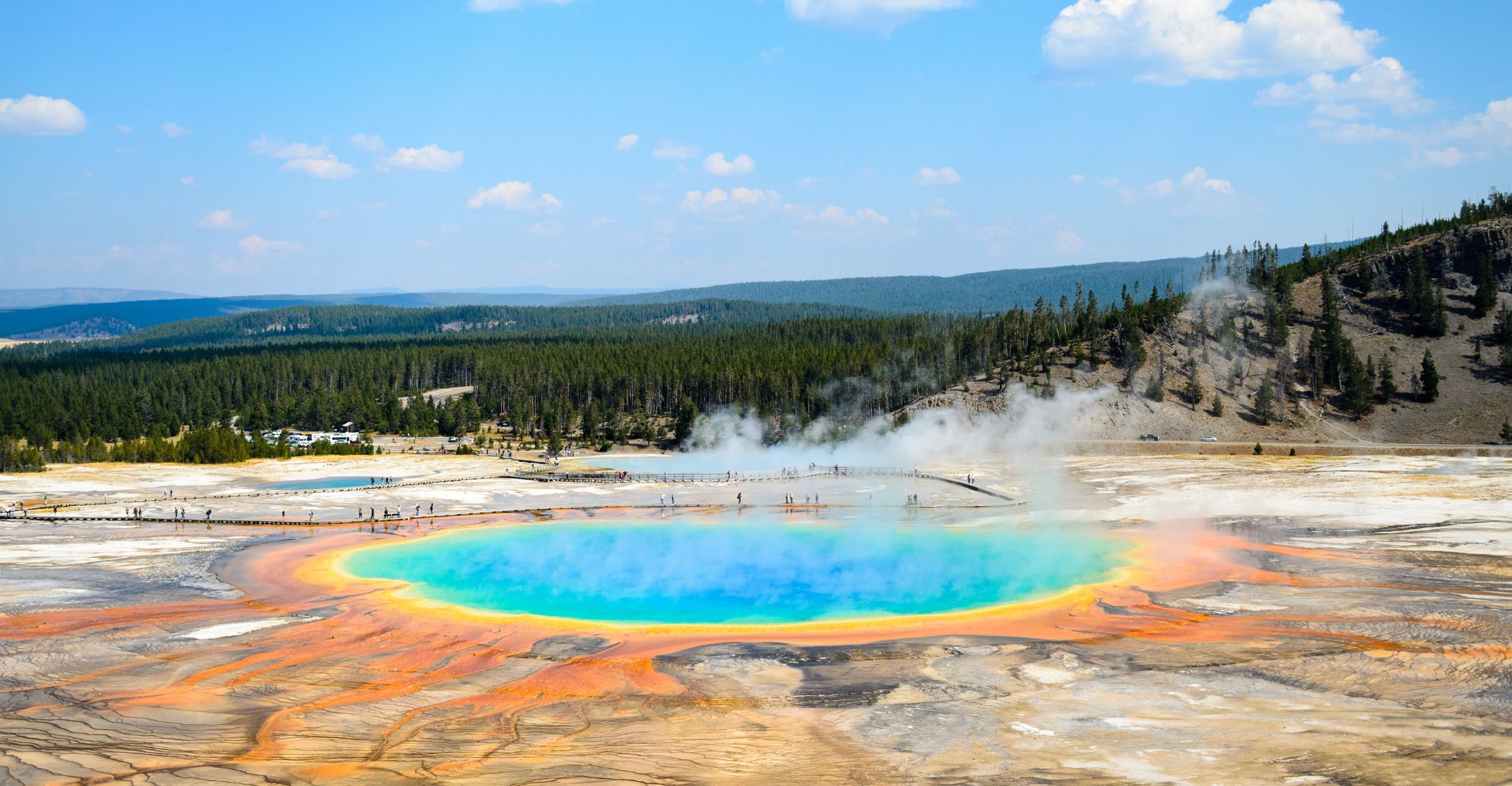
Scientists are now using cutting-edge techniques like seismic reflection imaging, magnetotellurics, and advanced computer modeling to track how magma, gases, and fluids move through the crust and to determine how these processes affect eruption potential. Scientists aim to refine 3D models of the magma system and monitor gas flux changes. Schmandt highlighted the need to “understand how tectonic shifts might destabilize the cap.”
“Over the years, different techniques have used the older data, and then there have been new data collection efforts like the one that in geoscientists from Utah and New Mexico that have allowed for increased resolution,” said Mike Poland, the scientist in charge at the Yellowstone Volcano Observatory.
Explore more of our trending stories and hit Follow to keep them coming to your feed!

Don’t miss out on more stories like this! Hit the Follow button at the top of this article to stay updated with the latest news. Share your thoughts in the comments—we’d love to hear from you!







